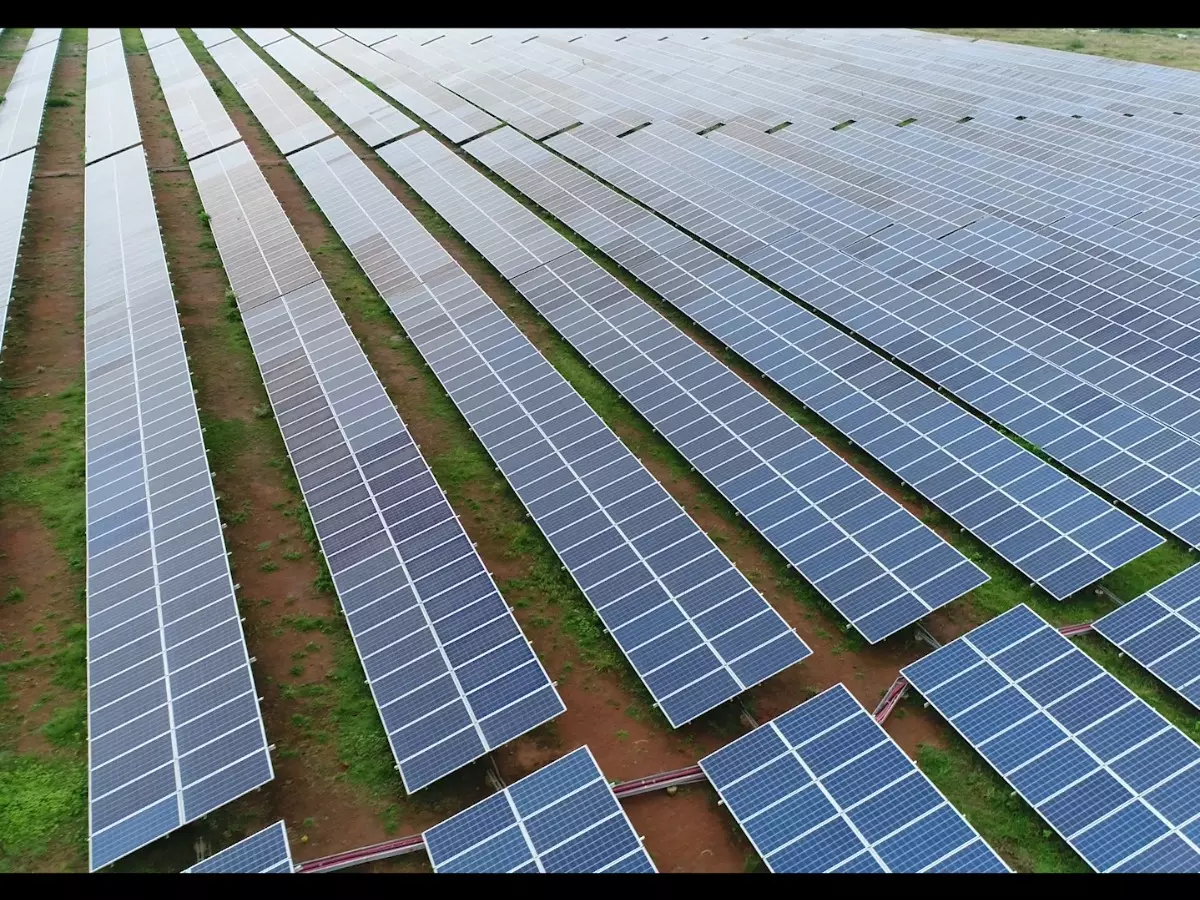Swedish Researchers Have Developed A Molecule To Store Solar Energy In Chemical Bonds
Swedish researchers at Link?ping University Sweden have developed a new type of molecule. This molecule can absorb energy from sunlight and store it in chemical bonds. The researchers will now examine how the stored energy can be released from the molecule in the best way.

Solar energy is one of the most popular ways of turning sunlight into electricity. But the pace at which the world is moving, we¡¯re all desperately trying to find a way to conserve energy.
Swedish researchers at Link?ping University, Sweden, have developed a new type of molecule will have the ability to capture solar energy efficiently and store it for later consumption.
 Image For Representation/RewaSolarPower
Image For Representation/RewaSolarPower
According to a report published in Nanowerk, this molecule can absorb energy from sunlight and store it in chemical bonds. The findings of this study have been published in the Journal of the American Chemical Society.
Also Read: Solar Energy Breakthrough Generates Electricity From Invisible Light
The Earth receives way more energy from the sun than we can use. This energy is absorbed by solar energy facilities, but one of the challenges of solar energy is to store it efficiently, such that the energy is available when the sun is not shining.
 Image For Representation/Twitter/ClimateHomeNews
Image For Representation/Twitter/ClimateHomeNews
¡°Our molecule can take on two different forms: a parent form that can absorb energy from sunlight, and an alternative form in which the structure of the parent form has been changed and become much more energy-rich, while remaining stable. This makes it possible to store the energy in sunlight in the molecule efficiently,¡± says Bo Durbeej, professor of computational physics in the Department of Physics, Chemistry and Biology at Link?ping University, and leader of the study.
Also Read: India Adds 7.3 GW Of Solar Energy In 2019 To Cement Its 'Third Biggest Solar Market' Status
The said molecule belongs to a group named 'molecular photoswitches'. These types of molecules are available in two different forms, each form having different properties.
 Image For Representation/VideoHive
Image For Representation/VideoHive
The chemical structures of all photoswitches are influenced by light energy. This means that the structure and the properties of a photoswitch can be changed by lighting it.
¡°Most chemical reactions start in a condition where a molecule has high energy and subsequently passes to one with a low energy. Here, we do the opposite ¨C a molecule that has low energy becomes one with high energy. We would expect this to be difficult, but we have shown that it is possible for such a reaction to take place both rapidly and efficiently,¡± says Bo Durbeej.
The researchers will now examine how the stored energy can be released from the energy-rich form of the molecule, in the best way.
